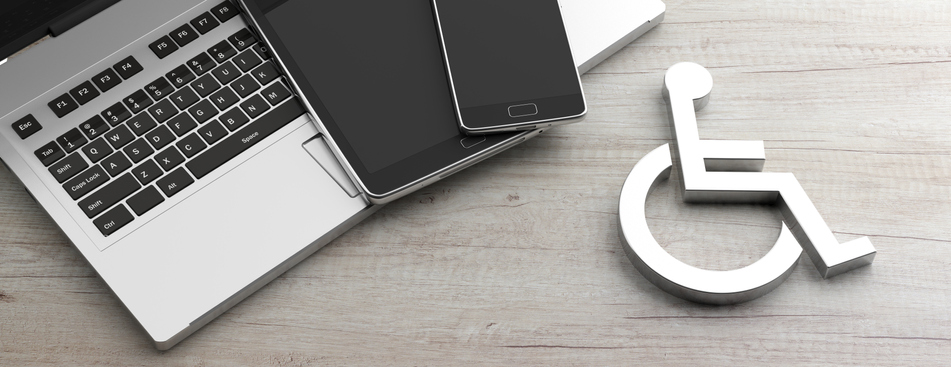Living with Chronic Pain
9 Tips for Optimizing Work Productivity While Living With Chronic Pain

159 people found this helpful
Print
Share
Save
Maintaining a job while living with chronic pain can be challenging. Certain work tasks increase pain, which may decrease productivity and impact work performance. However, maintaining employment provides benefits beyond a regular paycheck, including valuable social interactions and increased self-esteem. Many individuals with chronic pain continue to work by utilizing different tools, tips and techniques to minimize pain while maintaining productivity.
An estimated 9 out of 10 people living with chronic pain continue to maintain employment. Tips for optimizing work productivity while living with chronic pain include, but are not limited to, the following:
- Get enough sleep. Sleep deprivation decreases productivity, contributes to mood swings, causes fatigue, and increases pain levels. Proper sleep hygiene helps prevent reduced productivity.
- Start the day right. Starting each day with a healthy breakfast can help ward off fatigue. Eating lean protein or oatmeal with a side of fresh fruit can help maintain energy levels throughout the day. Avoid extra caffeine by limiting coffee intake.
- Keep feet comfortable. Comfortable footwear can make a huge difference on productivity, especially with a job that requires excessive standing or walking. Feet should be warm and supported. If standing in one position for most of the day, anti-fatigue mats can be used to provide cushioning for the feet.
- Find a steady pace. While productivity is important, consistently doing too much when living with chronic pain can lead to sheer exhaustion, which may require a day or two off work to recuperate. Working at a comfortable and steady pace throughout the day promotes improved productivity and reduces work absences.
- Take breaks. Taking regular breaks throughout the day to stretch, walk, rest and refocus helps to keep the blood flowing properly throughout the body. This also helps to loosen tense muscles.
- Manage stress. Stress causes pain levels to increase and productivity to decrease. Stress management techniques can help. This can be as simple as venting to a family member or trusted friend. A therapist can also suggest relaxation techniques.
- Limit overtime and multitasking. Some people feel that working overtime or multitasking increases productivity. In reality, the body and mind can become fatigued and stressed when multitasking or working too much overtime. Activity pacing, activity planning, and time management can help improve productivity, efficiency, and organizational skills.
- Implement healthy habits. Small lifestyle changes can help improve physical and mental health. Cigarette smoking and excessive alcohol consumption should be avoided. Proper hydration and healthy eating can help keep the body alert.
- Make the workspace comfortable. Creating an ergonomic workspace is an important part of reducing pain and optimizing productivity. Working on a laptop computer often results in slouching and tilting the head forward, producing a strained posture. Laptops should be elevated to eye level. A separate monitor, keyboard and mouse can help ensure proper posture is maintained and the back, neck and arms remain in a neutral position.


















